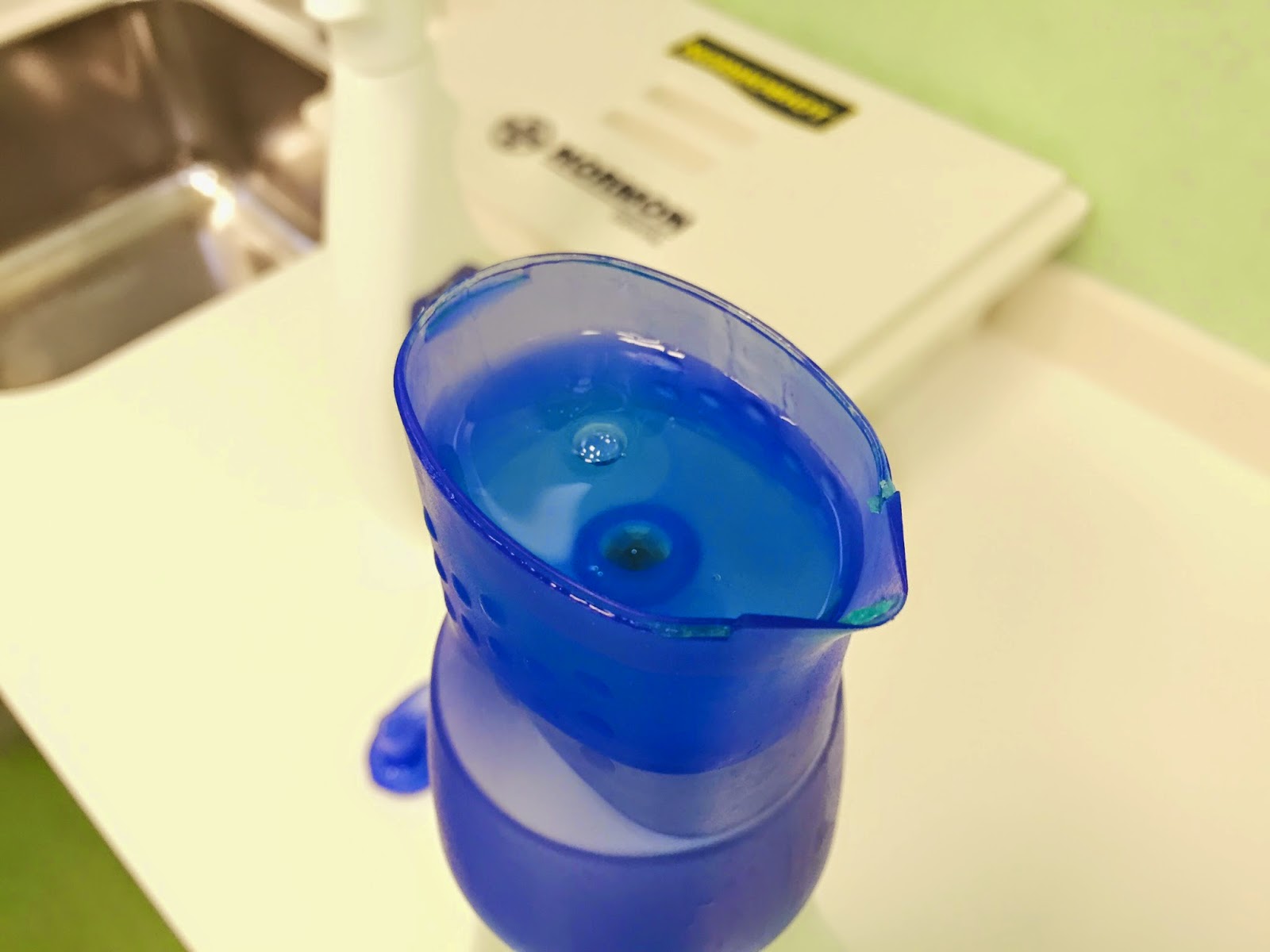Low-temperature sterilization technologies
are used for heat-sensitive or moisture-intolerant medical equipment and
supplies. Ethylene oxide (ETO) has been used as a low-temperature sterilization
technology since the 1950s. Until 1995, ethylene oxide was most commonly
combined with chlorofluorocarbon (CFC) stabilizing agent. For many reasons,
such as ETO exposure represent a health hazard, and the CFCs were discovered to
pollute the earth’s ozone layer by Clean Air Act in 1995, many new technologies
are developed as an alternative to the use of ethylene oxide with
chlorofluorocarbon, including 100% ethylene oxide, ethylene oxide with other
stabilizing gas, immersion in peracetic acid, hydrogen peroxide gas plasma and
ozone. However, the ideal technologies does not exist, understanding the
limitation imposed by restrictive device designs is important for proper
application of new low-temperature sterilization technologies.
Before getting through hydrogen peroxide plasma, we have to know what are plasmas? Plasma is a fourth state of matter which is distinguishable from solid, liquid and gas. Plasma is a gas-like substance consisting of positively and negatively charged particles. They aren't things that happen regularly on Earth. In nature, plasma is widespread in outer space.
 |
| Plasma globe [1] |
Before getting through hydrogen peroxide plasma, we have to know what are plasmas? Plasma is a fourth state of matter which is distinguishable from solid, liquid and gas. Plasma is a gas-like substance consisting of positively and negatively charged particles. They aren't things that happen regularly on Earth. In nature, plasma is widespread in outer space.
Hydrogen peroxide gas plasma uses hydrogen peroxide vapor and
low-temperature gas plasma to sterilize items with no toxic residues. Usually,
the process operates in the range of 34-44oC and takes about 75
minutes for wrapped and dry instruments. According to the manufacturer, a deep
vacuum is drawn and hydrogen peroxide solution is vaporized into the sterilization
chamber. All surfaces of the loads are then exposed to the hydrogen peroxide
vapor. Gas plasma are generated under vacuum using radio frequency to excite
the gas molecules and produce free radicals, which are capable to disrupt the
metabolism of microorganisms. Once the free radicals have reacted, they
recombine to form water vapor, oxygen, and other nontoxic by-products, so there
is no need for aeration. In
the final stage, the chamber is vented to the atmospheric pressure in order to
let the chamber door open. Sterilized materials are ready for immediate use.
 |
| Hydrogen peroxide gas plasma [2] |
It’s not difficult to find out that hydrogen peroxide gas plasma has many advantages, such as short sterilization cycle, low temperature, low moisture, no aeration requirement and no toxic by-products. But it still has its limitation, including the inability to process liquids, powders, or strong absorbers, and some lumen restrictions. Therefore, gas plasma sterilization is not recommended for paper, cellulose or linen products.
Low-temperature plasma sterilization process
See more information on these links:
1. Centers for Disease Control and Prevention
2. Infection Control Today
Picture resources:
1. http://www.instructables.com/id/Amazing-plasma-globe-tricks-that-you-never-knew-be/
2. http://www.hpnonline.com/inside/2010-01/1001-CS2.html




























